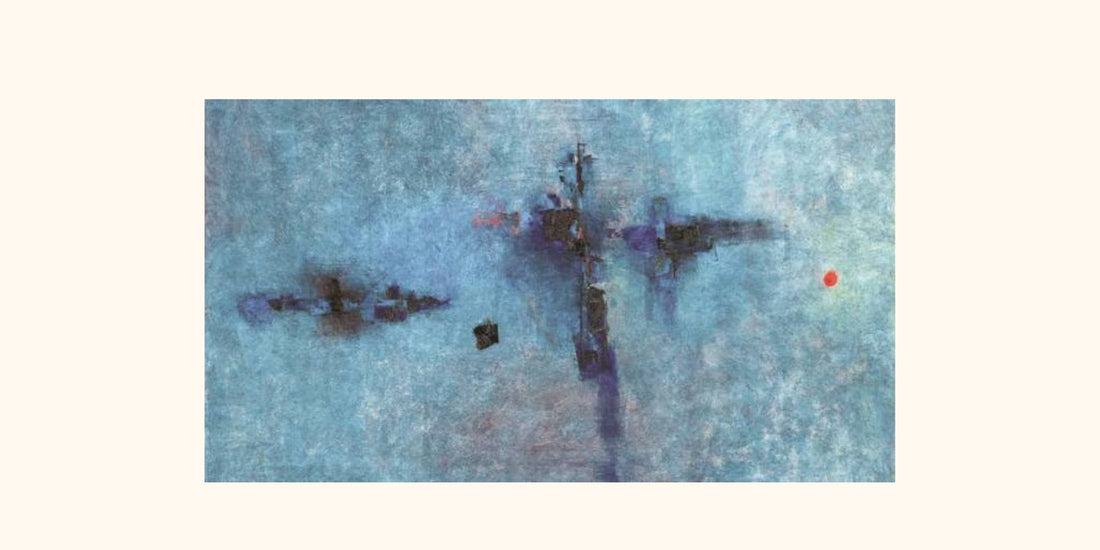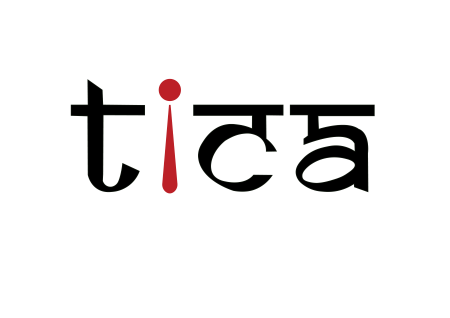
Invest in Indian Art: Why India’s Market Is Booming While Global Art Slows
Share
In 2025, while global art markets in the U.S., Europe, and China are slowing down, India’s contemporary art scene is booming. Savvy investors are turning their attention to Indian art—not only as a cultural asset but also as a smart financial investment. With the right research and strategy, Indian art has shown potential to double or even triple in value over time, offering attractive capital gains for collectors.
Global Art Market Decline
According to the Art Basel & UBS Global Art Market Report, global art sales declined by 12% in 2024, totaling an estimated $57.5 billion. The biggest impact came from a 25% drop in high-end public auction sales, though private sales grew by 14%, showing a shift toward more affordable or emerging art segments. This reflects global caution, as investors seek alternative markets.
Source: Art Basel & UBS Global Art Market Report
India’s Booming Art Market
India’s art market is defying global trends. In 2024, sales rose by 19%, driven by rising incomes, growing interest in contemporary and modern art, and a new generation of collectors. Paintings remain the most sought-after, while sculptures and mixed-media works are steadily gaining traction.
Source: AstaGuru Press Release
Record-Breaking Auctions: Proof of Investment Potential
Saffronart’s 25th Anniversary Evening Sale on September 27, 2025, in New Delhi underscored the market’s strength. All 85 lots were sold, totaling INR 355.77 crores (~USD 40.2 million).


Tyeb Mehta’s Mahishasura: Sold for INR 12.5 crores (~USD 1.4 million), doubling from its 2016 price of INR 6.5 crores.
These sales confirm Indian art’s position as a serious investment asset, delivering returns that rival real estate and equities.
Source: Economic Times
Why India Is Attracting Art Investors
→ Rising Affluence
India’s expanding middle and upper-middle class, along with globally exposed young professionals, is reshaping the country’s art market. As disposable incomes rise, art is viewed not only as a lifestyle choice but also as a tangible asset that blends aesthetic pleasure with wealth diversification and legacy building.
→ Government Support
Public and private initiatives are strengthening India’s cultural infrastructure. From tax incentives and heritage grants to new museums and state-backed art fairs, the environment is increasingly conducive to investment. With improved systems for storage, insurance, and authentication, collecting art in India is now more accessible and transparent.
(Source: News18)
→ Digital Access
The digital shift has revolutionized how collectors engage with art. Platforms like Saffronart, Artsy, and Gallery TICA allow investors to research, evaluate, and buy authentic works online. This accessibility is drawing both new collectors and international investors, making the Indian art scene increasingly inclusive and technology-driven.
→ Proven Capital Gains
Over the past decade, artworks by leading Indian artists have shown steady appreciation—some doubling or tripling in value. As global attention toward South Asian art intensifies, early collectors are witnessing strong long-term returns, while cultural and emotional satisfaction make art ownership even more rewarding.
“Investing in Indian art today is not just about passion—it’s about smart wealth creation. Those who bought works of artists like Gaitonde and Mehta a decade ago are now enjoying exceptional capital gains.”
— Roshini Vadehra, Director, Vadehra Art Gallery
Actionable Steps for Aspiring Collectors
1. Research Before Investing
Before acquiring any artwork, take time to understand the artist’s journey, exhibition history, and market performance. Review past auction results and track record of galleries representing them. A little research goes a long way in helping you distinguish between short-lived trends and artists with sustainable growth potential.
2. Start Small
You don’t need a massive budget to begin collecting. Start with works by emerging or mid-career artists, or consider limited-edition prints and smaller formats. These options allow you to build confidence, learn the nuances of valuation, and refine your personal taste—without major financial risk. Read why is it important to start investing in emerging artists.
3. Diversify Your Collection
Just like financial investments, art collections benefit from diversification. Balance your portfolio with a mix of contemporary, modern, and established artists, as well as different mediums such as paintings, photographs, or sculptures. This helps spread risk and keeps your collection dynamic and reflective of varied creative voices.
4. Use Trusted Platforms
Authenticity is everything in art. Always buy from verified and reputable sources—whether established galleries, curated art fairs, or platforms like Gallery TICA and Saffronart. These institutions ensure due diligence, artist verification, and proper documentation, giving you confidence in your purchase.
5. Think Long-Term
Art collecting is not a get-rich-quick pursuit. True value often unfolds over time, both emotionally and financially. Hold onto your acquisitions for 5–10 years, engage with the art community, and watch how artists evolve. Patience, insight, and genuine passion are what transform buyers into true collectors.
Conclusion
As global art markets contract, India’s thriving contemporary scene stands out as a rare growth opportunity. With record-breaking auctions, strong investor confidence, and expanding digital access, Indian art has evolved into a credible and rewarding asset class. For collectors and investors alike, this is the moment to explore India’s art market—not just for passion, but for long-term value and wealth creation.
